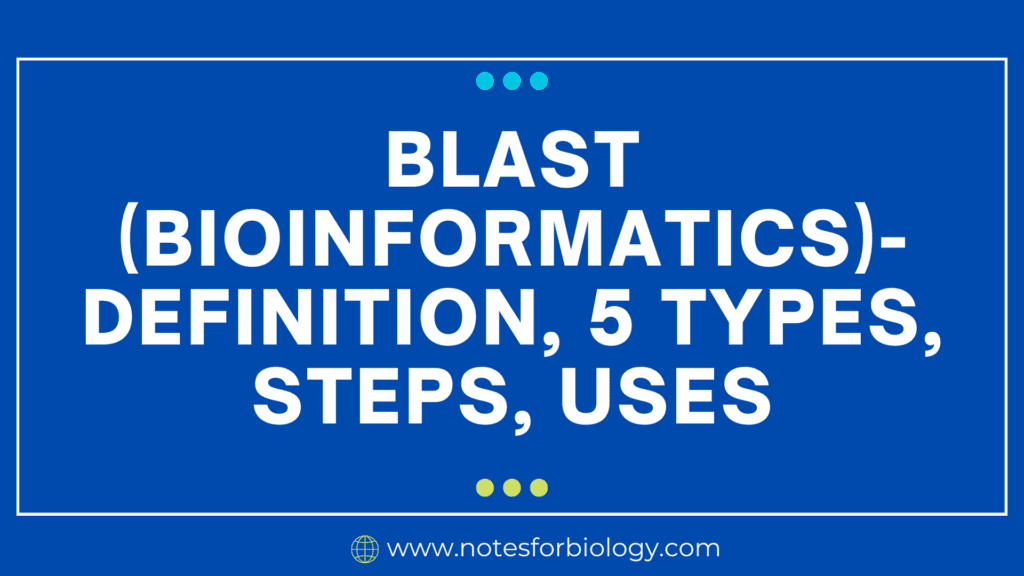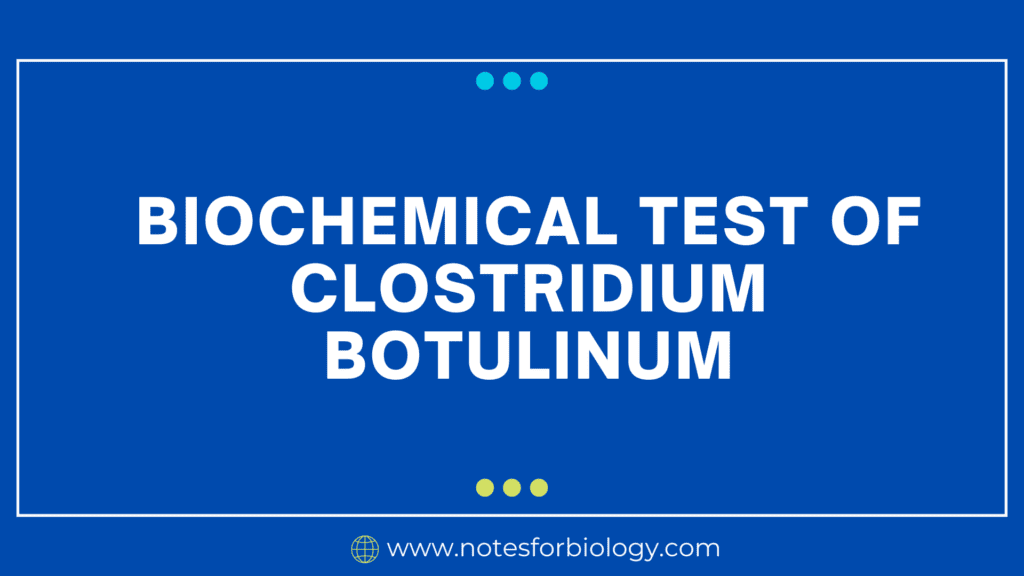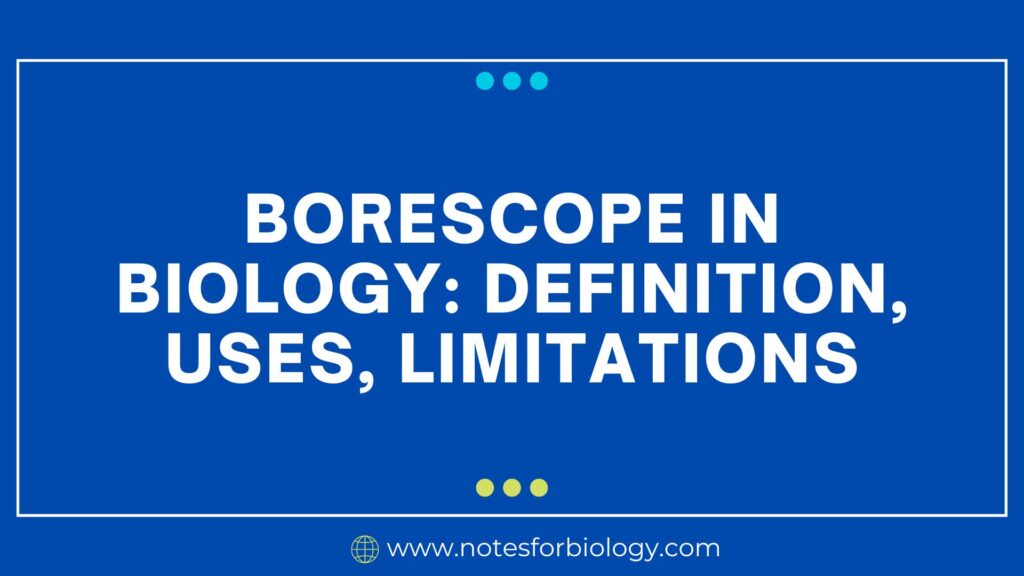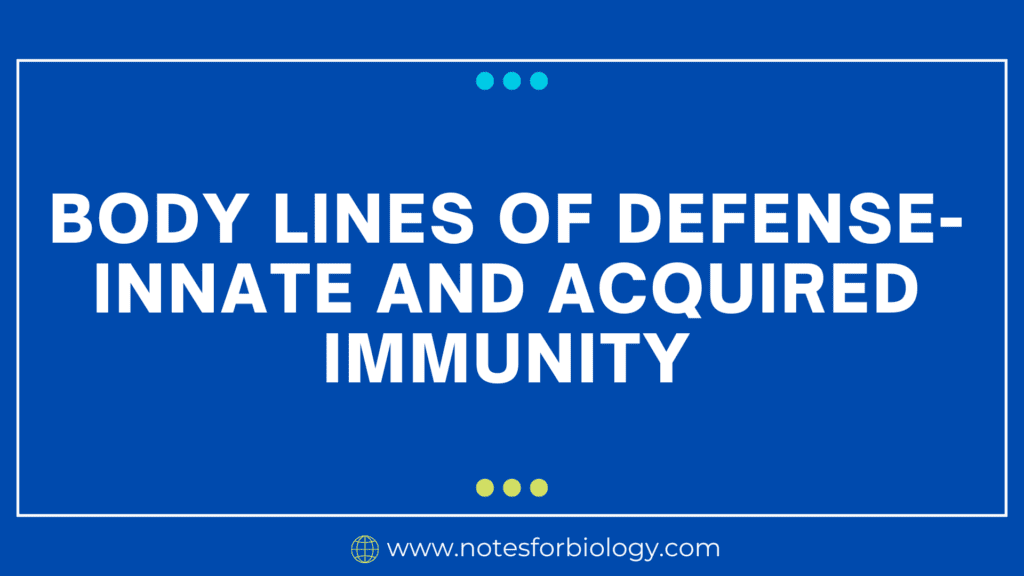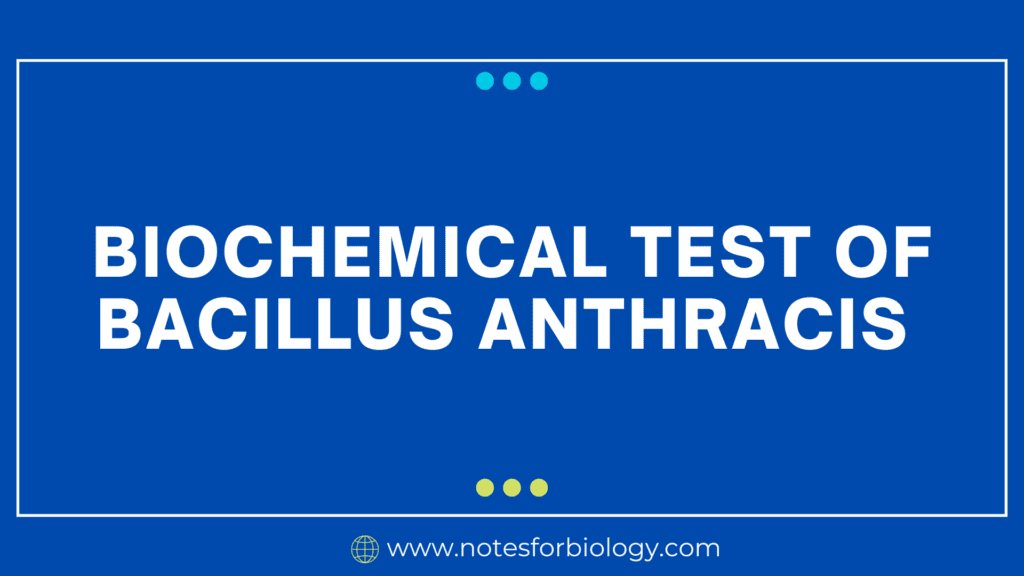BLAST (Bioinformatics)- Definition, 5 Types, Steps, Uses
What is BLAST (Bioinformatics) ? A strong bioinformatics tool called BLAST (Basic Local Alignment Search Tool) enables researchers to match protein or DNA sequences to a large database of known sequences. The algorithm and software known as (basic local alignment search tool) is used in bioinformatics to compare primary biological sequence data, such as protein […]
BLAST (Bioinformatics)- Definition, 5 Types, Steps, Uses Read More »

